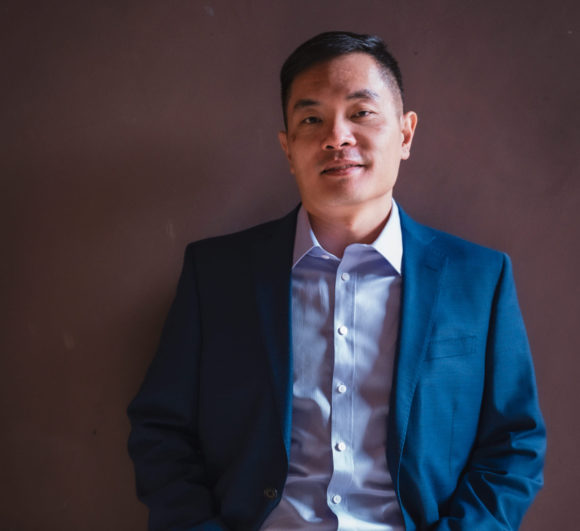Jun 26, 2018
Lessons Every Sales Team Needs to Hear
Cold calls suck. There’s no way around that. But for many companies, they are a big part of the outbound sales strategy and someone has to do it. So I decided to test out keynote speaker Jia Jiang’s Rejection Therapy tactics to see if his advice could reduce the number of rejections I received… and when I did got a hard dial tone, to lessen the blow.
Jiang’s book Rejection Therapy focuses on how to handle rejection while preventing it from running your life and scaring you out of taking the big leaps. He bases his lessons for the reader on discoveries he made during his own 100 Days of Rejection Challenge where he sought out definite rejections every day for 100 days.
- Rejection is almost never about you; it’s about the rejecter.
- By asking why you can adapt and compromise to win.
- Rejection has a number.
The fear of rejection
When Jiang started his rejection therapy, his first challenge was to ask a stranger for 100 dollars. He was afraid, his heart was beating fast, and he ran away once the man said no.
The first day I started cold calling for my company, I felt the same fear. My heart was beating fast. I kept checking my notes nervously. Intellectually, I knew I was just calling a bored person, but the fear of being rejected was strong.
When I ran into the first difficulty—an online menu or a phone that rang too long—I hung up quickly.
But just like Jiang did in his experiment, I tried again. Because that’s how you get better at dealing with rejection. By desensitizing yourself to it.
After a few more calls, I felt more confident. Even before I was successful.
It’s not me; it’s you.
After I kept calling, I realized every subsequent dial tone, awkward silence, or rushed goodbye was not personal. It spoke more about the person on the other end of the phone than it did about me. This took a while to sink in. Originally, I felt personally attacked, like their rejection was my failure.
However, when I remembered Jiang’s rejection theory that the call recipients most likely just did not need what I was offering…and that’s all, I didn’t feel so bad. It wasn’t the pitch or cadence of my voice. It wasn’t because I liked ranch instead of blue cheese with my wings. It wasn’t personal at all. And it really couldn’t be since they didn’t know me.
This seems obvious and is something most people already know. The trick is to keep it in the forefront of your mind as you continuously throw yourself at rejection.
And may I ask why?
No’s hurt, but they hurt the most when you don’t know why you were rejected and let your mind come up with every cringy scenario you can imagine. The first time I followed up a no with a why I felt very unsure, like asking would be too prying and I had to take a deep breath, settle myself, then spit it out. After the first response proved Jiang’s first observation to be true I regained my confidence and asked each time.
I learned A LOT by asking why. It wasn’t in the budget, I had the wrong person, they had tried it before without success and didn’t want to again. Learning why opened up their side of things in ways I never would’ve imagined and I felt as if I could see the industry as whole better. I even changed up my script to adapt to some frequently met responses.
It’s a numbers game.
Eventually, you’ll get to a Yes. I heard No too many times to count before I got the coveted Yes. And when the few Yeses did come, it was never the original answer. I only received my Yes after I had asked why about 50 times to other recipients, learned to anticipate their concerns and adapted to accommodate their needs.
Speaker
Tags

 Jia Jiang
Jia Jiang